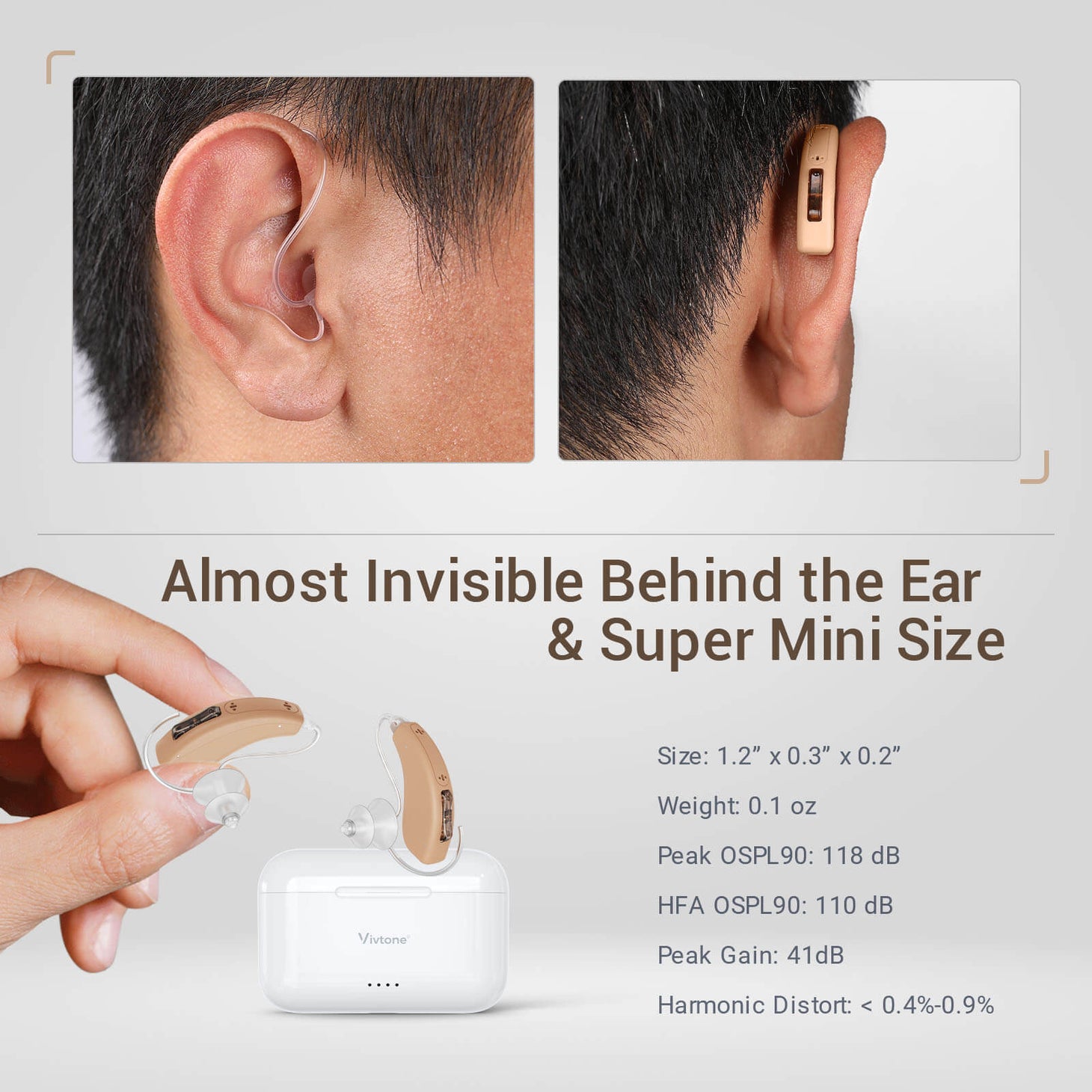Advancements in Non-Bluetooth Hearing Aid Technology
When it comes to , there are many questions and debates that still need to be addressed non bluetooth hearing aids.Non-Bluetooth hearing aids have seen remarkable advancements in recent years, catering to individuals with hearing loss in innovative ways. These devices utilize cutting-edge technology to enhance sound quality and user experience.

Artificial Intelligence Integration
One of the most exciting developments in non-Bluetooth hearing aid technology is the integration of artificial intelligence (AI). AI algorithms can analyze sound environments in real-time and automatically adjust settings to optimize hearing performance. This ensures that users receive a personalized and seamless listening experience, regardless of their surroundings.
Rechargeable Batteries
Another significant innovation in non-Bluetooth hearing aids is the widespread adoption of rechargeable batteries. Gone are the days of constantly replacing disposable batteries. Rechargeable options provide convenience and cost-effectiveness, making them a popular choice among users.
Noise-Cancellation Technology
Non-Bluetooth hearing aids now come equipped with advanced noise-cancellation technology, allowing users to focus on conversations and important sounds while minimizing background noise. This feature significantly improves speech clarity and overall listening comfort, especially in noisy environments.
Enhanced Connectivity Features
While non-Bluetooth hearing aids do not rely on wireless technology, they still offer enhanced connectivity features to improve user experience. Some devices come with telecoil technology, which allows users to connect to compatible audio devices in public spaces like theaters and churches.
Remote Control and Smartphone Apps
Many non-Bluetooth hearing aids now offer remote control options and smartphone apps for easy customization of settings. Users can adjust volume, change programs, and even monitor battery life right from their smartphones, providing a high level of control and convenience.
Compatibility with Assistive Listening Devices
Non-Bluetooth hearing aids are designed to be compatible with a wide range of assistive listening devices, such as FM systems and loop systems. This compatibility ensures that users can seamlessly integrate their hearing aids with other technologies to enhance their listening experience in various settings.
Comfort and Discreet Design
Manufacturers of non-Bluetooth hearing aids have prioritized comfort and discreet design in their latest innovations. These devices are now smaller, lighter, and more comfortable to wear for extended periods. Some models are virtually invisible when worn, allowing users to feel confident and at ease in social situations.
Customizable Fit and Styles
Non-Bluetooth hearing aids now offer a wide range of customizable fit options and styles to cater to individual preferences. From behind-the-ear models to completely-in-the-canal designs, users can choose a device that suits their comfort and aesthetic requirements without compromising on performance.
Water-Resistant and Durable Materials
Modern non-Bluetooth hearing aids are built with water-resistant and durable materials, making them suitable for active lifestyles. Whether users are exercising, traveling, or simply going about their daily routines, these devices can withstand various environmental conditions while maintaining optimal functionality.
Conclusion
In conclusion, the latest innovations in non-Bluetooth hearing aid technology have revolutionized the way individuals with hearing loss experience the world around them. From AI integration to rechargeable batteries and noise-cancellation technology, these devices offer advanced features that prioritize user comfort, performance, and convenience. With enhanced connectivity options and discreet designs, non-Bluetooth hearing aids are setting new standards in the industry, ensuring that users can enjoy clear and natural sound in any situation.








